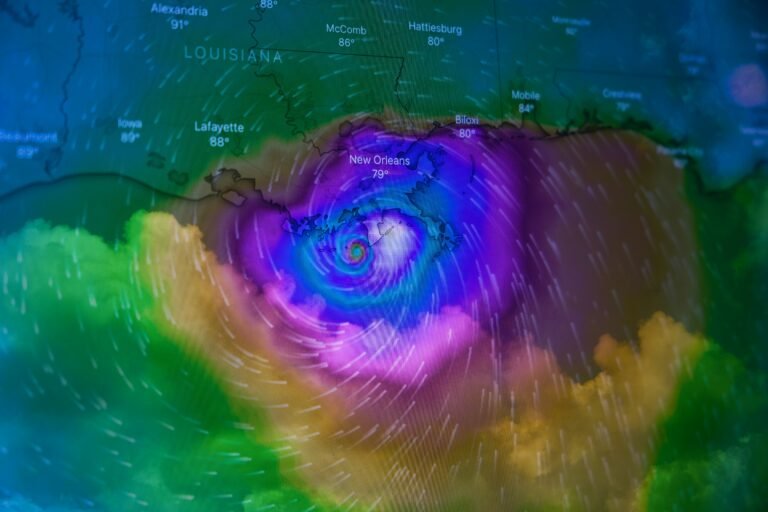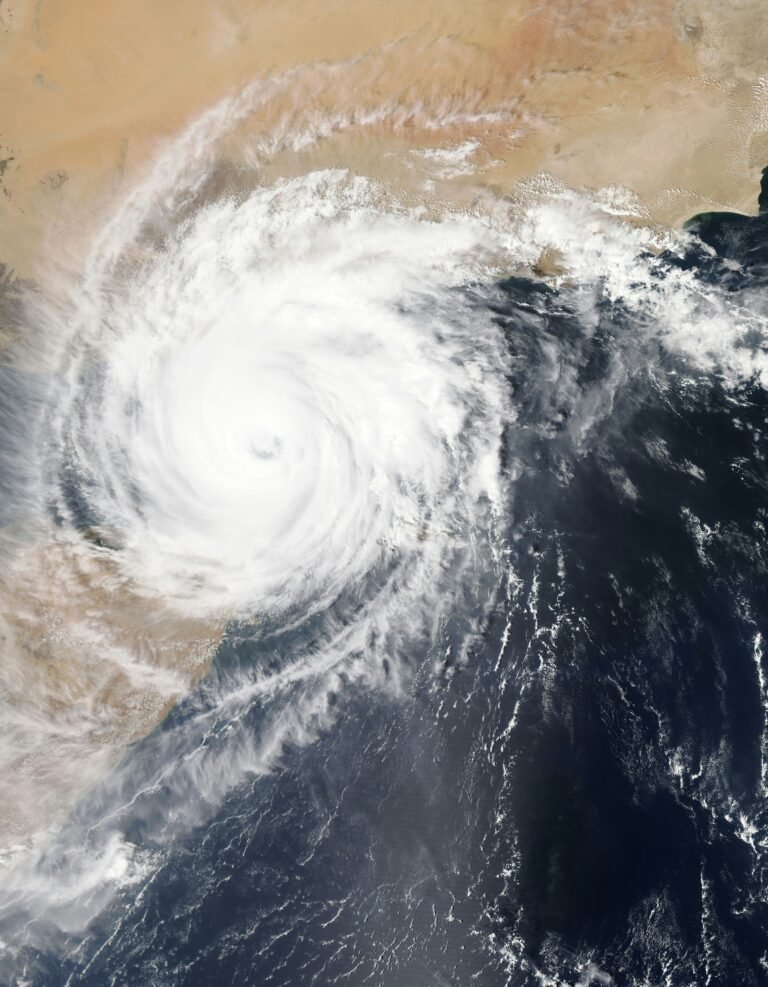A massive winter storm will soon bring heavy snow, ice, and freezing temperatures to large parts of the United States. According to the National Oceanic and Atmospheric Administration (NOAA), this storm could be one of the most severe in recent years. It will impact travel, power supplies, and daily activities for millions.
Storm Timeline and Affected Areas
The storm is expected to begin in the afternoon and continue for several days. First, heavy snow will fall in central regions, where blizzard conditions are likely. As snow piles up, roads will become dangerous, and visibility will decrease. Emergency services are already preparing for road closures and stranded vehicles.
Meanwhile, the South will face strong thunderstorms with high winds, hail, and possible tornadoes. Local authorities are setting up shelters to protect residents. At the same time, the Northeast will experience a mix of snow and ice, which could disrupt travel and public transportation. Furthermore, urban areas are preparing for possible power outages caused by ice-covered power lines.
Sharp Temperature Drops Will Add Risks
As the storm progresses, temperatures will drop sharply. Ice will quickly form on roads and sidewalks, increasing the risk of accidents. In addition, the extreme cold will make outdoor conditions dangerous. For this reason, officials are urging everyone to stay indoors and avoid unnecessary travel.
Flooding Concerns in the Southeast
In addition to snow and ice, heavy rain will hit the Southeast, increasing the risk of flash flooding. Low-lying areas will face the highest risks, especially in places with poor drainage. As a result, communities are distributing sandbags and warning residents about potential evacuations. Floodwaters may rise rapidly, making preparation essential.
Daily Life Will Be Disrupted
This storm will cause widespread problems. For instance, roads will close, and flights will face cancellations or delays. In rural areas, limited emergency services could leave some residents isolated. At the same time, ice-covered trees and power lines may lead to blackouts, leaving homes without heat or electricity for days.
Travel will become increasingly difficult or impossible in many regions. Airports are already preparing for major disruptions, while highways may remain impassable. For those in remote areas, the lack of access to essential services will make the situation even more challenging.
How to Prepare for the Storm
To stay safe, residents should prepare now. First, gather enough food, water, and medicine to last several days. Second, ensure your home has backup heating options in case of power outages. Third, avoid driving unless absolutely necessary. If you must travel, keep an emergency kit in your car with blankets, flashlights, and batteries.
In addition, check on neighbors who may need extra help. For example, the elderly or disabled may require assistance preparing for the storm. Communities are opening shelters to support those in need, and local authorities are coordinating efforts to keep everyone safe.
Stay Informed and Support Neighbors
Staying updated is crucial. Monitor real-time weather alerts from trusted sources and follow instructions from local officials. Social media and emergency alert systems will also provide updates on road closures, power outages, and storm developments.
In addition to staying informed, helping neighbors can make a big difference. For instance, offering assistance to those without resources can save lives, especially during freezing conditions or power outages.
A Time to Plan and Prepare
This storm will test the resilience of millions across the country. However, early preparation and vigilance can reduce its impact. By working together, staying informed, and following safety recommendations, communities can navigate these challenges.
Although the storm will disrupt daily life, careful planning and cooperation will help everyone stay safe. The days ahead will be difficult, but with the right precautions, people can protect themselves and their loved ones.






